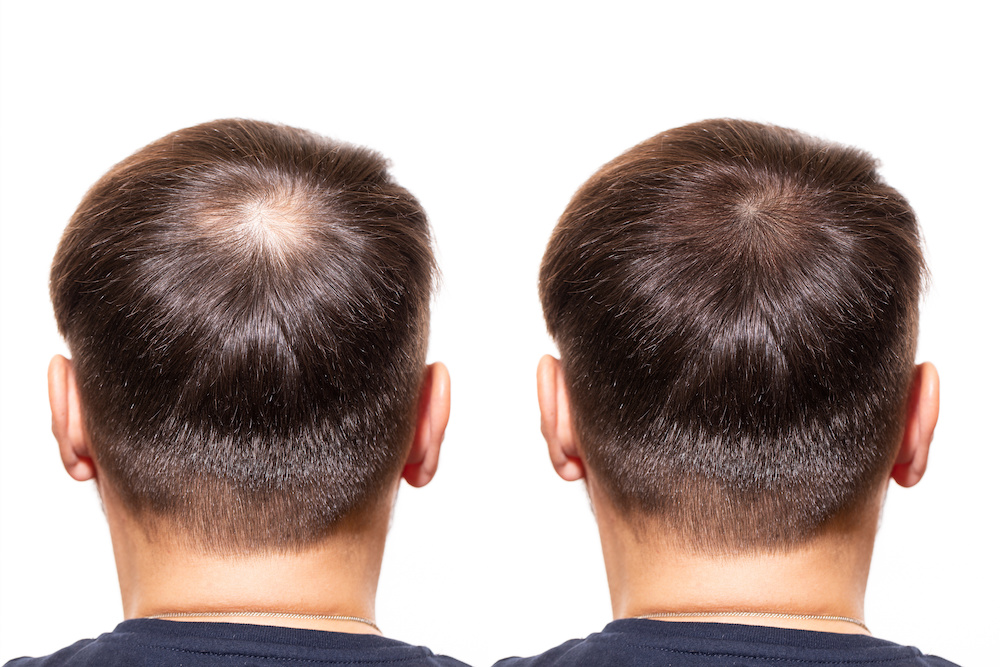
Hair loss is a common issue affecting millions of people worldwide. While there are various causes and treatments for hair loss, Platelet-Rich Plasma (PRP) therapy has emerged as a popular and effective option. PRP treatment leverages the body’s natural healing processes to promote hair growth and restore thinning hair. In this blog post, we’ll explore what PRP treatment is, how it works, its benefits, and why it has become a proven therapy for hair loss success.
What is PRP Treatment?
Platelet-Rich Plasma (PRP) treatment is a non-surgical procedure that involves extracting a small amount of the patient’s blood, processing it to concentrate the platelets, and then injecting this concentrated plasma into the scalp. Platelets are rich in growth factors and proteins that help stimulate hair follicle growth and tissue regeneration. PRP therapy aims to promote natural hair growth by improving blood supply to the hair follicles and increasing the thickness of the hair shaft.
How Does PRP Treatment Work?
- Blood Collection
The process begins with a small amount of blood being drawn from the patient, similar to a routine blood test. - Centrifugation
The collected blood is then placed in a centrifuge, a machine that spins at high speed to separate the blood components. This process isolates the platelet-rich plasma from the rest of the blood. - Activation and Injection
The concentrated PRP is then activated with a few drops of calcium chloride to release growth factors. Afterward, the activated PRP is injected into the areas of the scalp affected by hair loss. - Stimulation of Hair Growth
Once injected, the growth factors in PRP help repair damaged hair follicles, stimulate new follicle growth, and improve overall hair density. The treatment also helps increase blood circulation in the scalp, providing essential nutrients to the hair follicles.
Benefits of PRP Treatment for Hair Loss
- Natural and Safe
Since PRP uses the patient’s own blood, there is minimal risk of allergic reactions or complications. It is a natural treatment that enhances the body’s own healing capabilities. - Non-Surgical Solution
Unlike hair transplant surgery, PRP treatment is non-invasive and does not require any incisions or stitches. It is a relatively painless procedure with minimal downtime, making it a convenient option for those looking for a less aggressive approach to hair loss. - Effective for Various Types of Hair Loss
PRP treatment has shown promising results in treating different types of hair loss, including androgenetic alopecia (pattern baldness), alopecia areata, and hair thinning due to stress or hormonal changes. It is also effective in both men and women, providing a versatile solution for various hair loss conditions. - Improves Hair Thickness and Density
Studies have demonstrated that PRP therapy can significantly improve hair thickness and density, especially in patients with early-stage hair loss. The growth factors in PRP stimulate the hair follicles, leading to stronger and healthier hair strands. - Minimal Downtime and Side Effects
PRP treatment involves minimal downtime, allowing patients to resume their daily activities immediately after the procedure. Side effects are rare but may include mild swelling, redness, or tenderness at the injection site, which usually resolves within a few days. - Long-Lasting Results
While individual results may vary, many patients experience noticeable hair growth and reduced hair shedding within a few months of treatment. Regular maintenance sessions can help sustain these results and prevent further hair loss.
What to Expect During and After PRP Treatment
- During the Procedure: PRP treatment typically takes about 60 to 90 minutes, depending on the size of the area being treated. Most patients report minimal discomfort during the procedure, as a numbing agent is often applied to the scalp before injections.
- After the Procedure: Patients may experience mild swelling, redness, or tenderness in the treated area, but these side effects are usually temporary. It is advisable to avoid washing the hair for at least 24 hours after treatment and to avoid strenuous activities for a couple of days.
- Follow-Up and Maintenance: To achieve optimal results, a series of PRP treatments is usually recommended, typically spaced four to six weeks apart. Maintenance sessions may be required every few months to sustain hair growth and prevent further hair loss.
Is PRP Treatment Right for You?
PRP treatment can be a suitable option for individuals experiencing early-stage hair loss, thinning hair, or those looking to improve their hair’s overall thickness and density. However, it is essential to consult with a qualified dermatologist or trichologist to determine if PRP is the best treatment option based on your specific hair loss condition and overall health.
Conclusion
PRP treatment for hair loss has proven to be an effective, natural, and safe therapy for individuals seeking a non-surgical solution to hair thinning and hair loss. With its ability to stimulate hair growth, improve hair density, and provide long-lasting results, PRP has become a popular choice among both men and women. If you’re experiencing hair loss and looking for a reliable treatment option, consider consulting with a hair loss specialist to see if PRP therapy is right for you.
Expert Advice: Organic Trichology Solutions for Managing Hair Baldness

